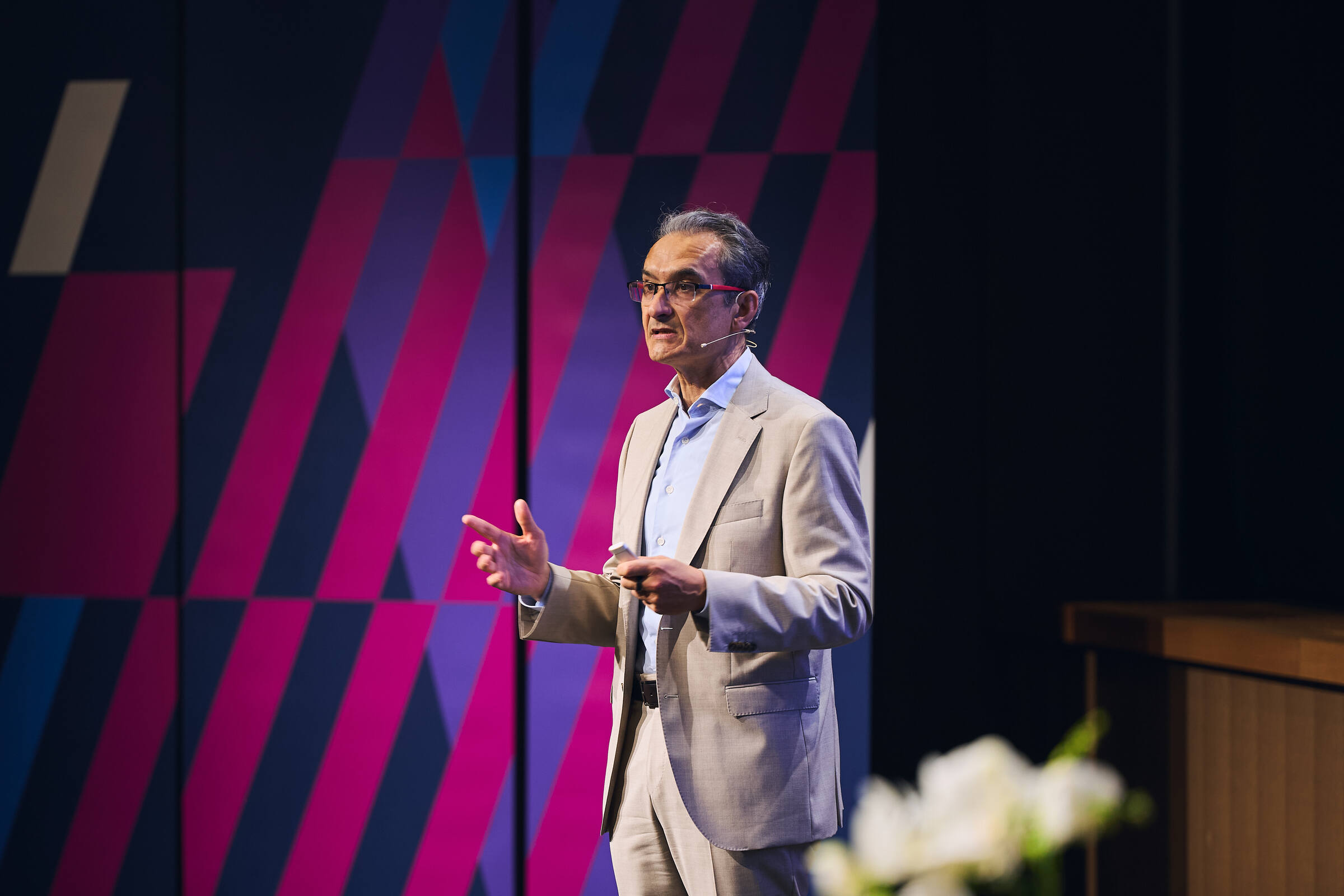The Mercks of Darmstadt: What family can do (A)
DARMSTADT, SEPTEMBER 2006. The Serono deal was long in the making; it had eluded the Merck Group, a 338-year-old German global pharmaceutical and chemical enterprise, for months. So much so that last March, the Merck Group and its family owners had hopped onto the Schering AG acquisition train to ensure the growth it needed to remain competitive in the cutthroat pharmaceutical business. When the €14.6 billion hostile offer they made for Schering was rejected in favor of a friendly offer from Bayer, it was difficult not to feel despondent. For months, Jon Baumhauer, the Chairman of the Family Board and influential member of the Executive Board of E. Merck OHG, had sustained the commitment of the family owners to a transformational merger that would define the future of Merck. Maintaining such secrecy among the 120-plus family partners representing the 10th to the 12th generations of Merck family owners was no small feat, but the absence of a deal was starting to create tensions on all levels. The offer from Ernesto Bertarelli, the largest shareholder of Serono, a Swiss-listed, family-controlled biotechnology firm, was hardly a surprise. Ernesto, through the company’s investment bankers, had peddled the firm for months to all major pharma companies in the world, but had found few takers. The surprise was the newfound willingness of Serono to consider a negotiated deal. Merck’s Executive Board, the family and Merck’s advisers had kept an eye on Serono throughout the year. The company was attractive for its family culture, strong R&D capabilities, significant US presence, a rich product pipeline and of course world-class biotechnology manufac-turing competencies. Its size would give Merck much needed critical mass, but the deal was not cheap. It required extensive leverage and new equity injections from the family, its risk profile was higher than Merck’s and cultural differences ran deep. Now the deal was within reach. Was this the transformational opportunity the Merck family sought? It was time to put the “courage and pioneering spirit” of the family firm to the ultimate test.
Managing a family business for sustainability; sophisticated family and business governance structures; managing growth; technology innovation; maintaining the entrepreneurial spirit; multi-generation family business; critical size and growth issues in the pharma business; managing incentive systems for executives.
2006-2007
Cranfield University
Wharley End Beds MK43 0JR, UK
Tel +44 (0)1234 750903
Email [email protected]
Harvard Business School Publishing
60 Harvard Way, Boston MA 02163, USA
Tel (800) 545-7685 Tel (617)-783-7600
Fax (617) 783-7666
Email [email protected]
NUCB Business School
1-3-1 Nishiki Naka
Nagoya Aichi, Japan 460-0003
Tel +81 52 20 38 111
Email [email protected]
IMD retains all proprietary interests in its case studies and notes. Without prior written permission, IMD cases and notes may not be reproduced, used, translated, included in books or other publications, distributed in any form or by any means, stored in a database or in other retrieval systems. For additional copyright information related to case studies, please contact Case Services.
Research Information & Knowledge Hub for additional information on IMD publications
- The Mercks of Darmstadt: What family can do (A)
- The new Merck: Beating the odds (B)
- The Mercks of Darmstadt: What family can do (A)
- The new Merck: Beating the odds (B)
Research Information & Knowledge Hub for additional information on IMD publications
Research Information & Knowledge Hub for additional information on IMD publications
in I by IMD
Research Information & Knowledge Hub for additional information on IMD publications
Research Information & Knowledge Hub for additional information on IMD publications
Research Information & Knowledge Hub for additional information on IMD publications
Research Information & Knowledge Hub for additional information on IMD publications
in I by IMD
Research Information & Knowledge Hub for additional information on IMD publications
Research Information & Knowledge Hub for additional information on IMD publications
Research Information & Knowledge Hub for additional information on IMD publications
Research Information & Knowledge Hub for additional information on IMD publications
Research Information & Knowledge Hub for additional information on IMD publications
Research Information & Knowledge Hub for additional information on IMD publications







